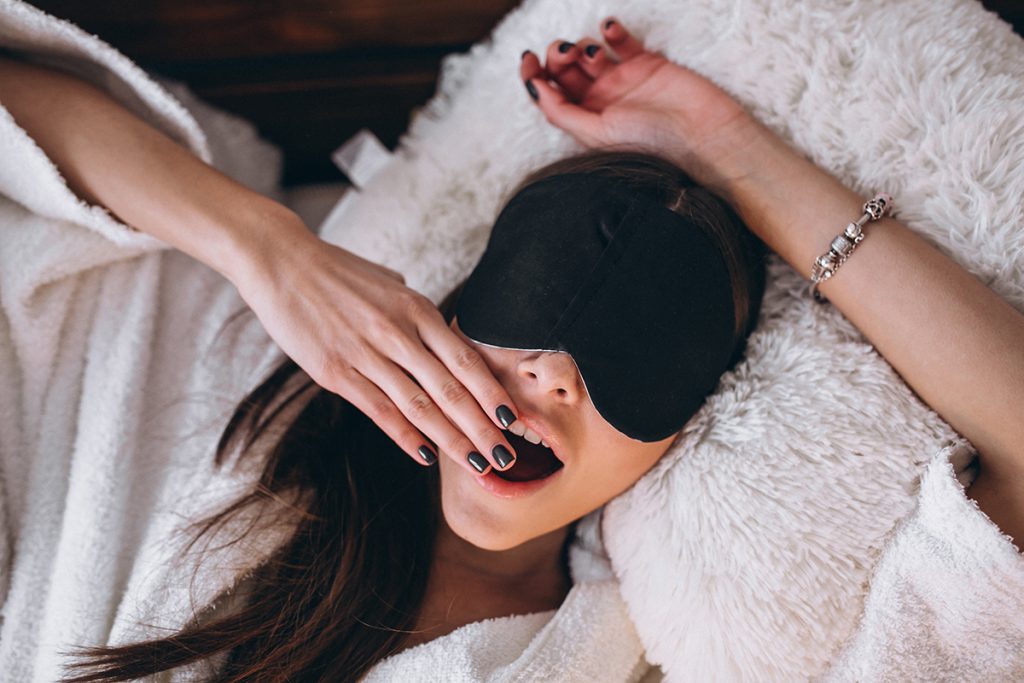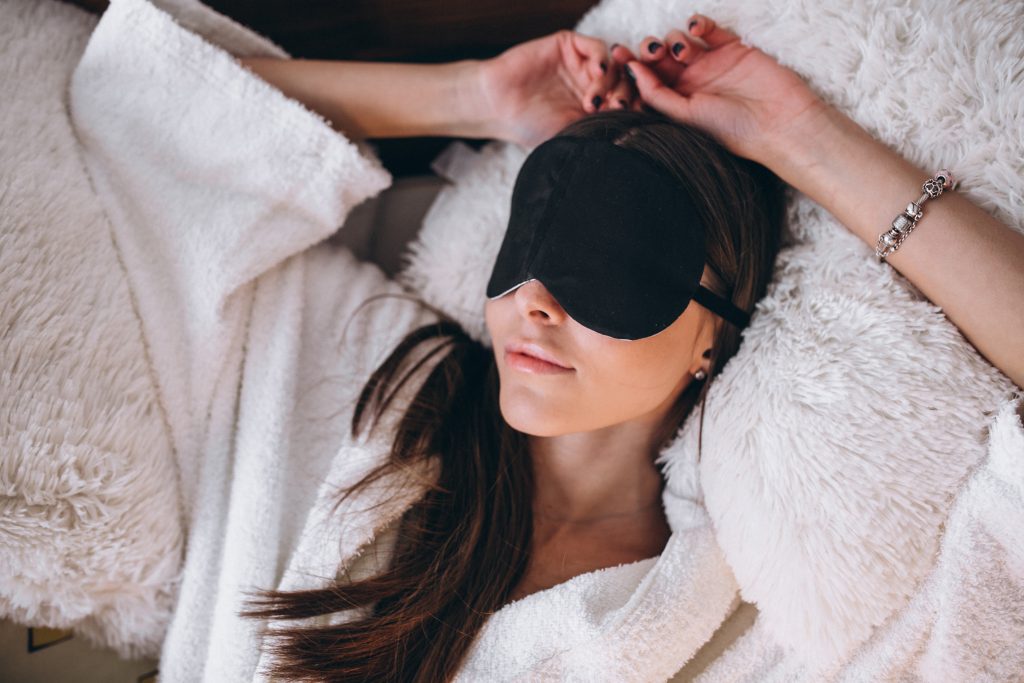Moon breathing helps you to wake up with a smile!

Finding a restful night’s sleep has become increasingly challenging, especially with current studies revealing a growing number of individuals struggling to achieve it. Could TikTok’s latest sleep trend offer a solution? If you’re among the many facing nightly sleep difficulties, you’ve likely experimented with various suggestions in your pursuit of quality rest.
The importance of a good night’s sleep for our overall well-being is undeniable. However, our hectic lifestyles filled with work stress and family concerns often hinder us from obtaining sufficient sleep. Inadequate sleep not only affects our physical and mental health but also diminishes our overall quality of life.

So, how can we incorporate more restful moments to enhance our waking hours with increased happiness and better health?
Why not try moonbreathing?
The viral trend on TikTok, also known as moon piercing breath or chandra bhedana, is an ancient practice commonly employed in yoga to regulate breathing patterns, promoting calmness and concentration.
This technique is rooted in the traditional Indian medicine theory of nadis, the body’s energy channels. Among the three principal nadis—ida, pingala, and sushuma—ida nadi, located on the left side of the body, is believed to possess a moonlike nature and feminine energy. This association with the moon explains the connection to left nostril breathing.
Moonbreathing finds its origins in the Japanese concept of kaizen, signifying ‘change for the better’. Kaizen focuses on overall life improvement and breaking long-standing negative habits.
To practice moonbreathing, it is recommended to engage in the technique just before bedtime. Close your right nostril with your thumb and breathe exclusively through the left nostril for at least one minute. This simple ritual is designed to enhance relaxation and contribute to a more peaceful sleep.

How to practice moon breathing
Fortunately, moon breathing stands out as one of TikTok’s more accessible trends. Supported by studies demonstrating its effectiveness, all you need is a pillow and blanket. Get comfortable and follow these 9 steps:
- Assume a comfortable seated or lying position.
- Bring your right hand near your nose with your elbow down. Inhale deeply through your nose, counting to four, allowing your abdomen to expand.
- Use your thumb to close your right nostril.
- Exhale through your left nostril, counting to six, and contract your abdomen.
- Inhale through your left nostril.
- Close your left nostril with your ring or pinky finger.
- Exhale through the right nostril and inhale through your right nostril.
- Use your thumb to close your right nostril. Exhale through your left nostril. Inhale through your left nostril.
- Optionally, alternate your breath between nostrils—in through your left, out through your right, and vice versa—for approximately three minutes.

Does moon breathing work for everyone?
It’s important to mention that if you’re experiencing congestion or nasal stuffiness, this practice is not recommended. Additionally, be aware that some individuals attempting to breathe through one nostril may experience an increased urge to breathe or may feel triggered, leading to a sense of panic, breathlessness, or dizziness after a few seconds or minutes.
In such cases, it could be beneficial to focus on cultivating optimal breathing habits throughout the day before attempting a nighttime practice. Alternatively, exploring other breathwork methods might be a worthwhile consideration.

Moon breathing helps you to wake up with a smile conclusion
Moon breathing is the latest trend making waves on the TikTok social media platform. This yogic breathing technique is renowned for inducing a sense of calm and relaxation, making it particularly well-suited for pre-bedtime routines.
Moon breathing boasts a multitude of benefits. As we are aware, breathwork is an excellent means of fostering calmness and alleviating stress, anxiety, and bodily tension. Beyond that, it has the potential to mitigate snoring and enhance the immune system, given that our nostrils play a crucial role in warming, filtering, and moistening the air we inhale.
Ultimately, directing attention to our breath promotes mindfulness, facilitating the release of stress, allowing us to unwind, and, ideally, aiding in falling asleep more effortlessly. Even if the impact on sleep is negligible, moon breathing serves as a relaxing and calming conclusion to the day—an invaluable outcome in itself.




















